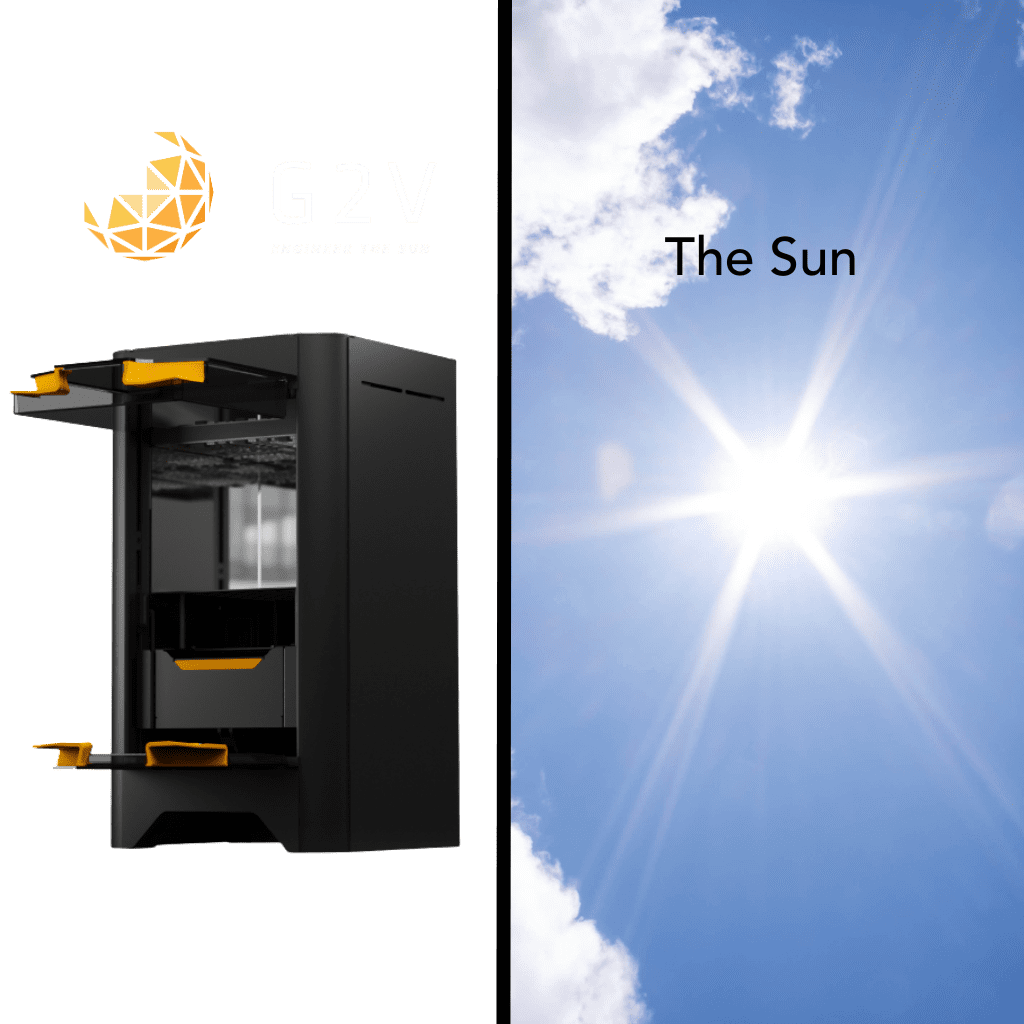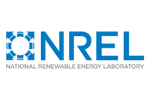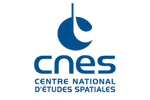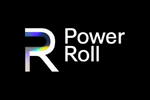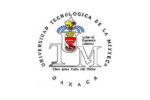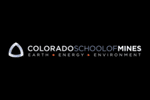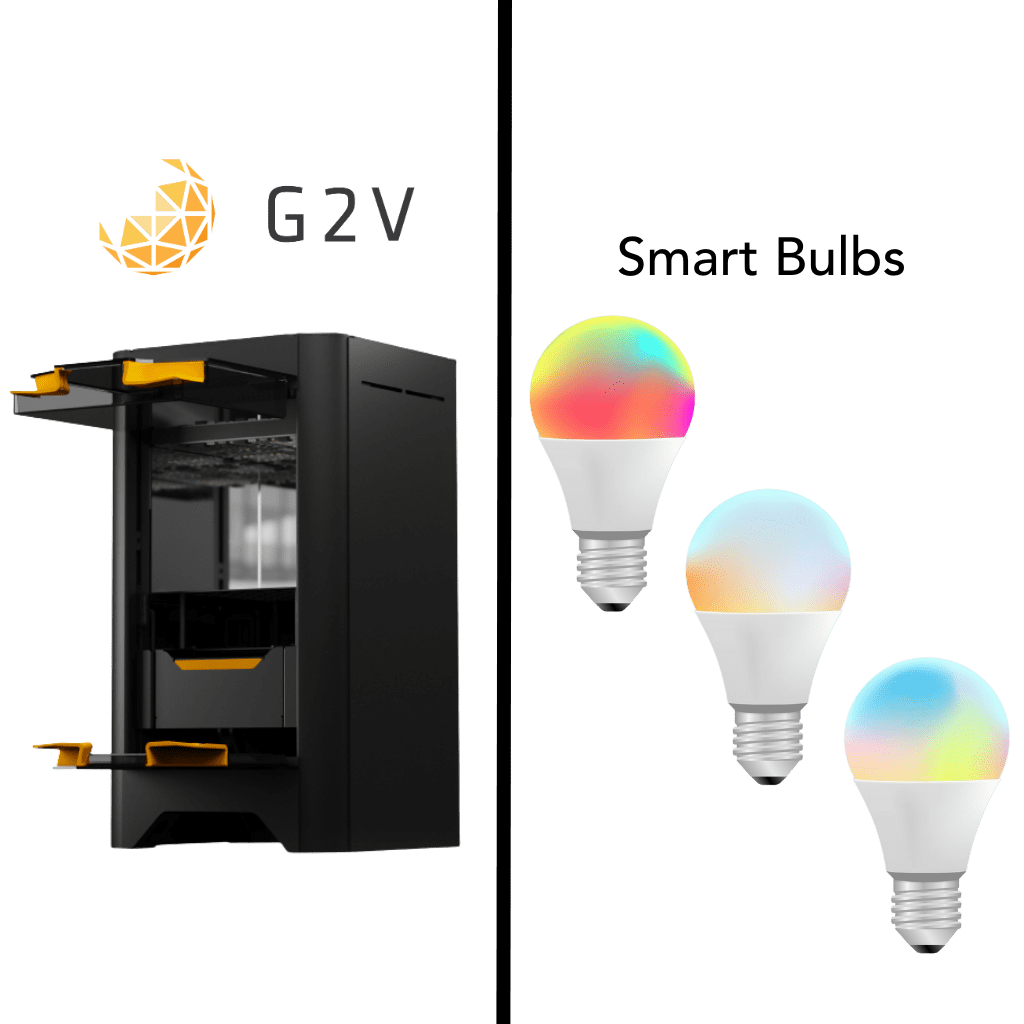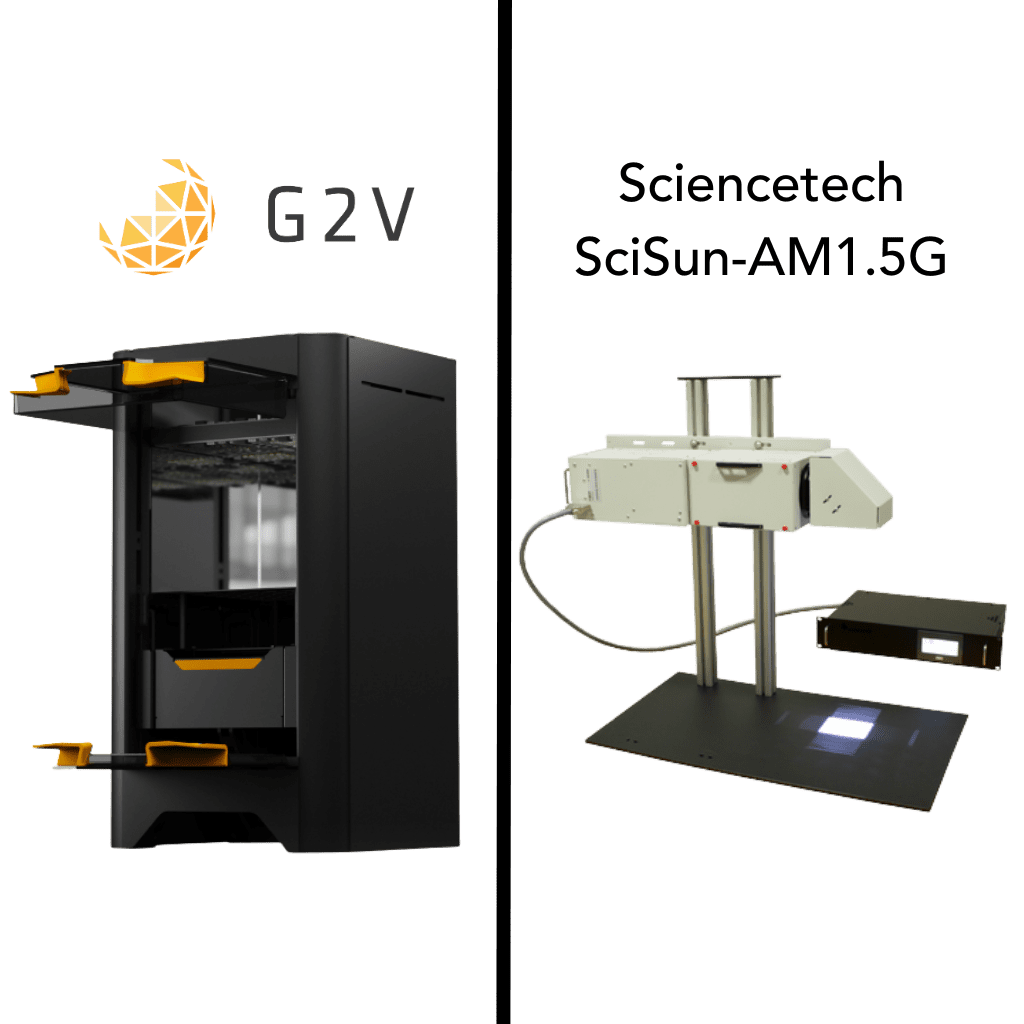| Area of Illumination |
15 cm × 15 cm |
Unbounded (but inconsistent) |
Can I ensure consistent irradiance across my DUT every day? |
| Spectral Range |
350 nm – 1200 nm |
~295 nm – 2500 nm (varies with conditions) |
Do I need stable UV–visible–NIR coverage for repeatable results? |
| Spectral Control |
32 Tunable channels |
None |
Do I need to isolate or reproduce specific spectral bands like AM1.5G or AM0 or unique irradiance profiles? |
| IEC 60904-9 Compliance |
Class A+A+A+ |
Not certifiable |
Do I need traceable, certifiable light for publication or QA? |
| Temporal Stability |
<2% over 10,000 hrs |
Highly variable (weather/time/season) |
Can I afford interruptions or inconsistencies in my data due to light fluctuations? |
| Spatial Uniformity |
<1% |
Variable both cyclically and randomly |
Does my research require uniform irradiance across the test area? |
| Reproducibility |
Day-to-day consistency |
Impossible without identical weather/time |
Can I reproduce the same test conditions next week or next year? |
| Availability |
24/7, regardless of weather |
Limited to clear skies, daytime |
Is it acceptable to wait for the weather to cooperate with your deadlines? |
| Spectral Standards |
AM1.5G, AM0, Custom Profiles |
AM1.0 – AM40.0, uncontrollable |
Do I need to simulate conditions found in space or high-latitude regions? |
| Automation and Integration |
Python API, IV integration |
None |
Do I need to automate testing or integrate with lab instruments like Keithley? |
| Location Flexibility |
Lab bench or fumehood
|
Must be outside or under skylight |
Is it safe or viable to expose my samples or setup to the environment? |
| Safety and Contamination Risk |
Controlled indoor environment |
Open-air exposure |
Is contamination or sample degradation from humidity, dust, or insects a concern? |
